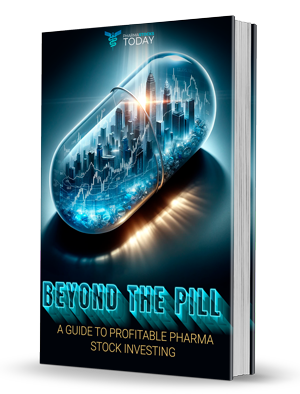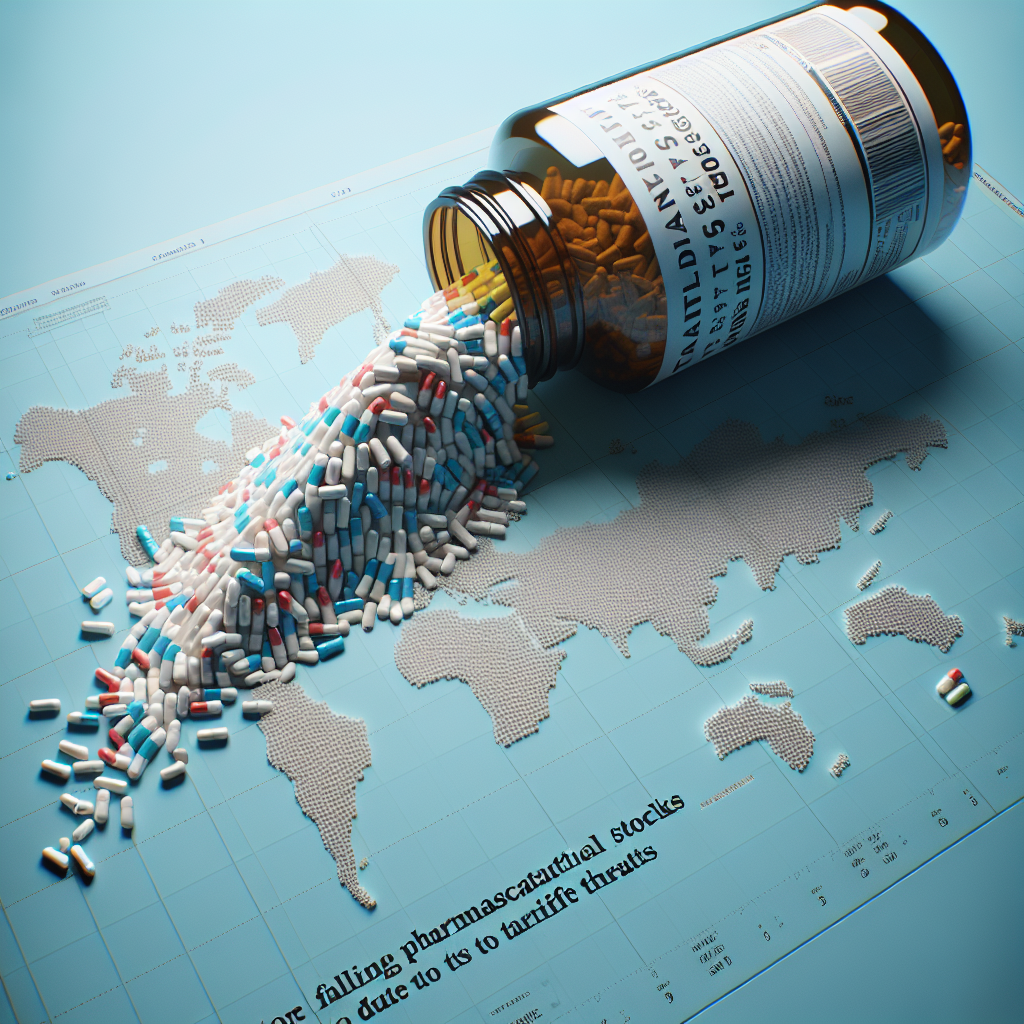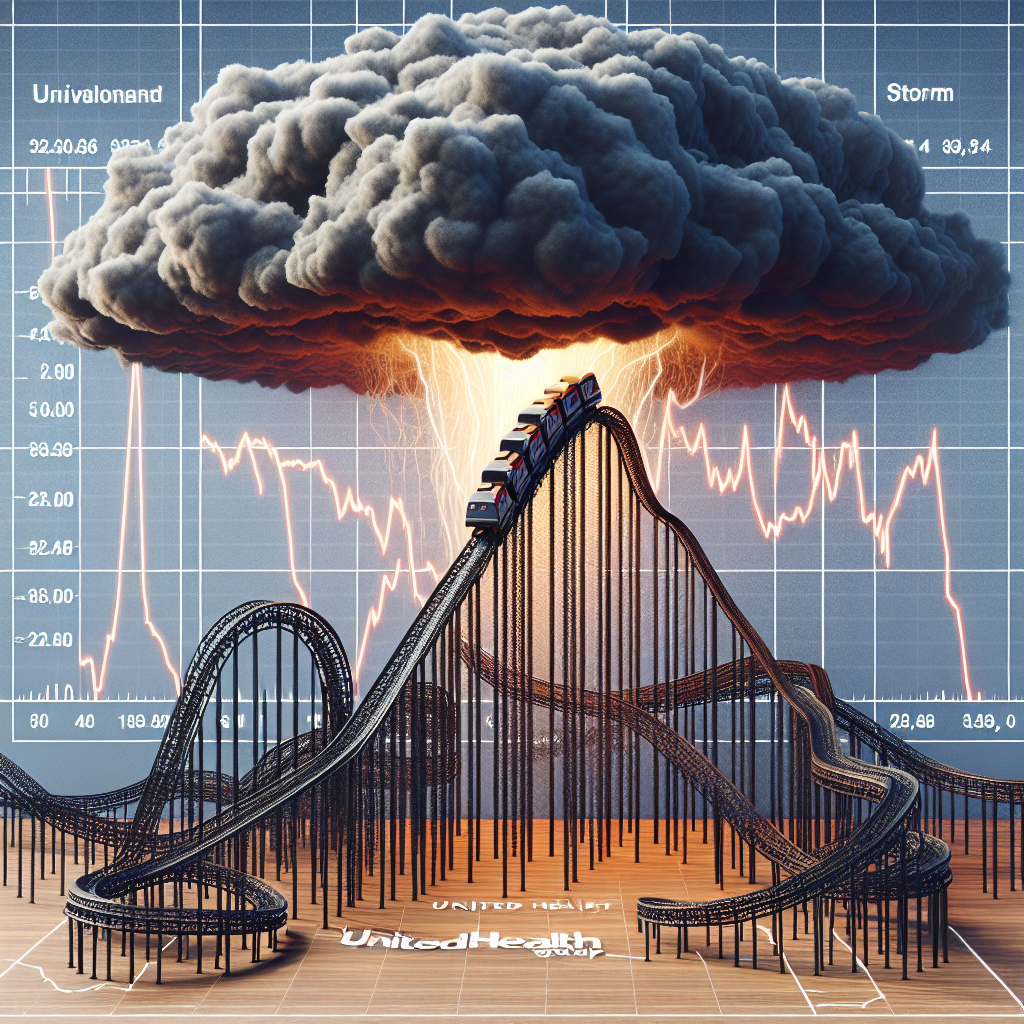Pharma Stocks Slip as Trump Renews Threats of ‘Major’ Pharmaceutical Tariff
The pharmaceutical sector is facing renewed uncertainty as President Donald Trump hints at imposing a “major” tariff on pharmaceutical imports. After a brief period of relief following the exclusion of pharmaceuticals from recent tariffs, the latest statements from the president suggest that the industry may be on shaky ground once more. This article provides an in-depth analysis of the implications these potential tariffs could have on the pharmaceutical industry and stock performance.
Context of the Tariff Announcement
The recent discussions about tariffs began after Trump’s announcement of base tariffs of 10% on a wide array of U.S. imports. At a dinner held at the National Republican Congressional Committee, the president indicated that the U.S. would soon communicate details regarding a significant tariff specifically targeting pharmaceutical imports. “We’re going to be announcing very shortly a major tariff on pharmaceuticals,” he stated, emphasizing that the primary goal of these tariffs is to incentivize drugmakers to relocate manufacturing operations to the U.S.
Market Reactions
Following Trump’s comments, shares of major U.S. pharmaceutical companies experienced a notable decline, with stocks for well-known entities such as Gilead Sciences, Pfizer, Merck & Co., and Eli Lilly dropping between 1.5% and nearly 3%. European pharmaceutical stocks were also impacted, with Novo Nordisk falling approximately 2%, Sanofi seeing a reduction of about 3.3%, and both AstraZeneca and GlaxoSmithKline (GSK) witnessing declines around 4%.
This downturn indicates that traders are increasingly attuned to the ramifications of these tariff threats and underscores the overall anxiety surrounding the pharmaceutical sector amid escalating trade tensions.
Understanding the Potential Impact
The ambiguity surrounding the specifics of the pharmaceutical tariffs—particularly whether they will apply to active pharmaceutical ingredients (API) or just finished drugs—remains a critical concern for industry stakeholders. According to Jeff Stoll, U.S. national strategy leader for life sciences at KPMG, the response from the pharmaceutical industry will vary significantly based on how these trade barriers are structured. If APIs are included under new tariffs, the implications could be detrimental, as they are foundational components of drug manufacturing.
External Perspectives and Industry Response
European pharmaceutical leaders are raising alarms regarding the potential threats posed by Trump’s trade policies. Executives within the European Federation of Pharmaceutical Industries and Associations (EFPIA) expressed concerns that without “rapid, radical policy change,” there will be an exodus of pharmaceutical R&D and production from Europe to the U.S. Their warnings indicate a fear that tariffs would shift the focus of investment towards the U.S. market, making it increasingly difficult for European countries to compete.
While pharma leaders did not delineate specific strategies to counteract U.S. tariffs, they highlighted the necessity to enhance the EU’s commercial environment, regulatory framework, and intellectual property protections to retain investment.
Challenges of Reshoring Manufacturing
The underlying aim of Trump’s tariffs appears to be reshoring pharmaceutical manufacturing back to the U.S. However, experts caution against the complexity of this transition. Building a new facility for pharmaceutical production can take anywhere from five to ten years and cost upwards of $2 billion, according to the Pharmaceutical Research and Manufacturers of America (PhRMA). The logistics of sourcing drug production solely within the U.S. are further complicated by existing global supply chains. As Stoll articulated, making pivotal manufacturing decisions in direct response to policy shifts could ultimately prove unwise.
The Road Ahead
As the pharmaceutical industry braces for potential tariff announcements, stakeholders must navigate these complexities carefully. Lobbying efforts by both PhRMA and major pharmaceutical companies highlight the urgency in seeking a staggered implementation of any tariffs, allowing companies ample time to adapt to any regulatory changes. The interplay between policy decisions and market performance remains a critical aspect to monitor.
For investors in pharmaceutical stocks, this turbulent backdrop necessitates a vigilant approach. Trends and government actions will undoubtedly cultivate enthusiasm or trepidation within the sector, thereby influencing stock trajectories. Understanding these dynamics will be critical for making informed investment decisions in the coming weeks.
In conclusion, while the implications of Trump’s tariff threats are multifaceted and evolving, the current climate underscores the volatile nature of the pharmaceutical investments landscape. Stakeholders and investors alike must remain alert to both the risks and opportunities that lie ahead as this story unfolds.
















